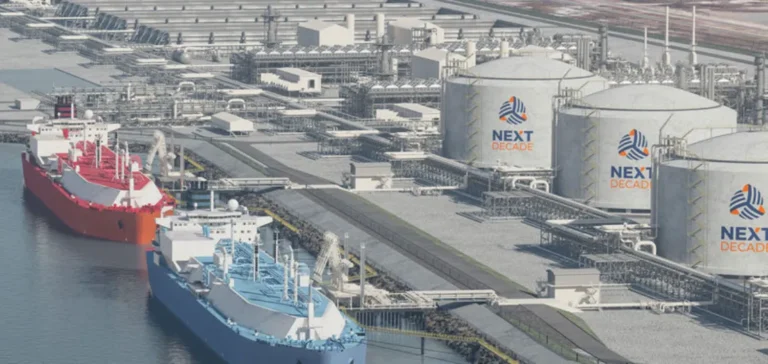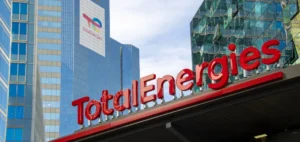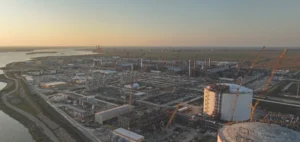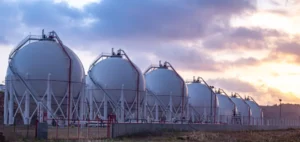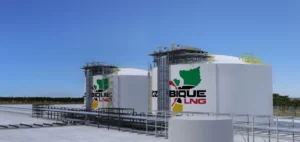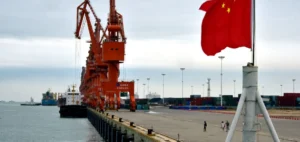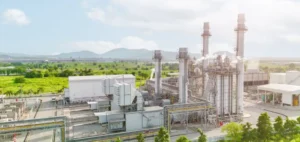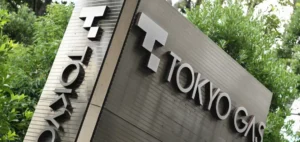NextDecade has officially initiated a pre-filing process with the Federal Energy Regulatory Commission (FERC) for the development of a sixth liquefaction train at its Rio Grande LNG terminal, located in Brownsville, Texas. This preliminary submission also includes a request for a second export berth and comes as the site is already expanding toward a 27 million tonnes per annum (MTPA) capacity through its first five trains.
Regulatory framework and market dynamics
The current US administration lifted earlier this year the suspension on liquefied natural gas export authorisations to non-free trade agreement countries, paving the way for project expansion. This regulatory shift secures NextDecade’s long-term strategy, amid global supply chain reconfiguration triggered by sanctions targeting Russian gas.
The Rio Grande LNG site received FERC authorisation in 2019 for its first five trains. Despite several legal challenges over the project’s environmental impact, US courts upheld the original permits in 2025. The Train 6 filing aims to build on this existing regulatory framework while preparing for future Commission requirements.
Strategic shareholding and contracting
NextDecade structured the project around a consortium including Abu Dhabi National Oil Company (ADNOC), TotalEnergies and Global Infrastructure Partners (GIP), participating both in train equity and long-term offtake agreements. Train 4 was fully funded for $1.8bn, with a structure allowing GIP to hold up to 50% of the asset.
Commercially, the project relies on long-term offtake contracts with investment-grade counterparties. Significant volumes have already been contracted by ADNOC, Aramco, TotalEnergies, JERA, EQT and ConocoPhillips, reducing commercial uncertainties for Train 5 and laying groundwork for Train 6.
Industrial optimisation and financial outlook
The development of Train 6 follows a logic of integrated site operation, leveraging existing infrastructure such as tanks, port facilities and pipeline connections. This setup enables a lower marginal cost per tonne produced and improves logistics efficiency for exports.
By structuring each train as a distinct financial entity, NextDecade enhances cash flow transparency and attracts dedicated financing while managing risks associated with scaling. This strategy could strengthen the company’s long-term valuation and appeal to infrastructure-focused energy investors.
Risk factors and timeline
The FERC pre-filing process opens a regulatory consultation phase addressing environmental issues, particularly the cumulative impacts alongside the first five trains. Local organisations have already raised concerns about the absence of a carbon capture system, a point that could fuel additional legal challenges in the coming months.
NextDecade expects to submit a complete application to FERC in 2026. If regulatory timelines are met, Train 6 could enter service around 2030, aligning with a projected surge in non-Russian LNG demand across Europe and Asia.


